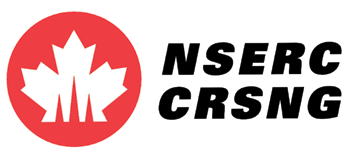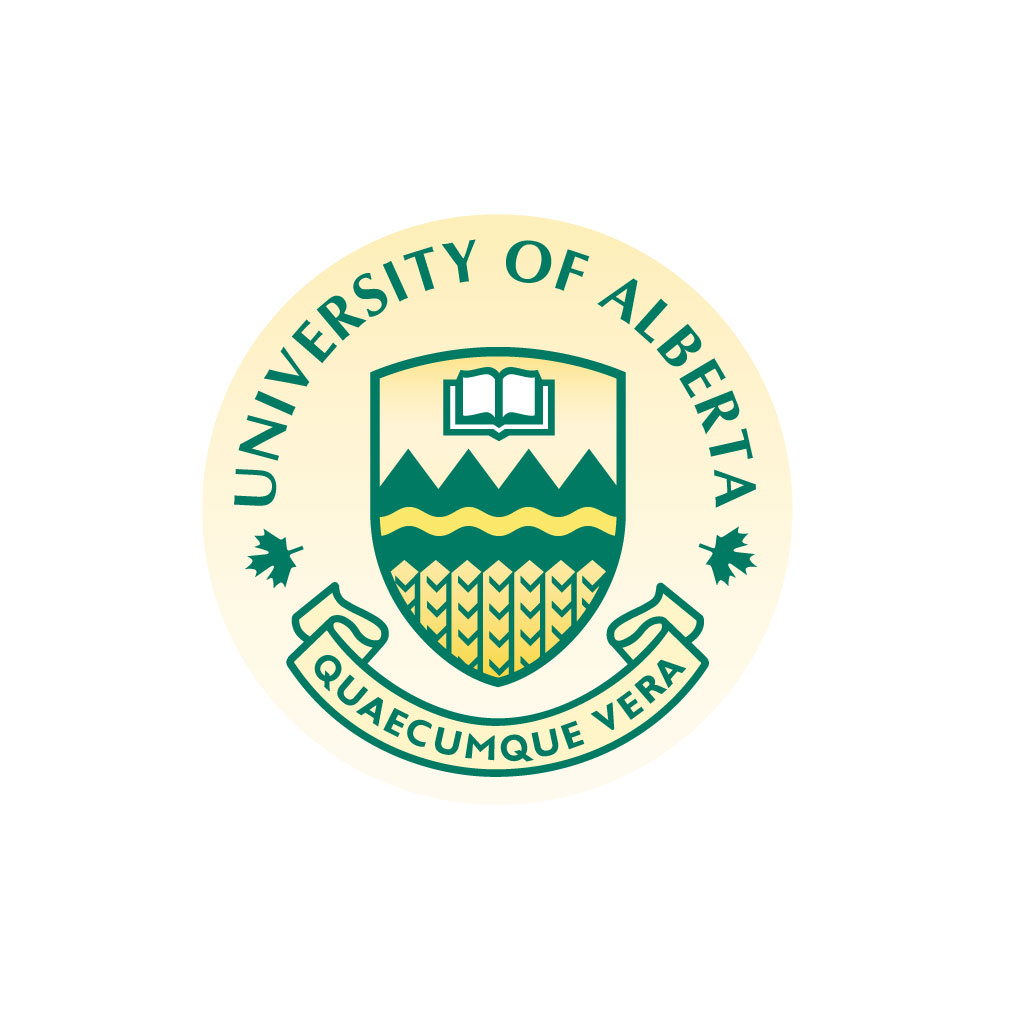|
The following discusses many of the current areas of research in which our group
is actively involved. For a discussion of other areas of research in which
we have been (and still are to a lesser extent) involved look HERE.
Laser-molecule interactions
Back to Top
My work involves the theoretical study of the interaction
of a laser field (or laser fields) with molecules. The interest is on determining how the resulting products (or populations of
the excited states)
depend upon the properties of the laser field and on the physical properties of the molecule. The work can involve direct comparison
with or prediction of experimental results (simulation) or it can involve developing a more general insight into
physical processes through the use of simplified few-level models (modelling).
The purpose of modelling is to gain insight into the mechanism of molecular phenomena. A simple calculation
pointing to a possible theoretical interpretation is usually adequate. The aim of simulation is a quantitative
comparison of theory to experiment.
R.Kosloff, The Journal of Physical Chemistry, 92 2087 (1988)
A variety of analytical techniques
and numerical techniques
can be applied to problems of this type. Analytical approaches are useful since expressiona for the physical observables depending
explicitly upon
the laser and molecular parameters can be derived. These analytical results can help in the physical intepretation of numerical results
and can suggest problems which should be considered in more depth numerically.
While the work can involve the writing of new computer
codes (in Fortran), a variety of multi-purpose in-house computer codes have all ready been developed.
Areas of interest
include
- Photodissociation of atmospherically important molecules - The chemistry of the
atmosphere involves
many reactions where one of the reacting species is generated through the ultraviolet photodissociation of a molecule.
- Photodissociation of bound molecules - Often molecules are not in the gas phase, but rather are bound to other species, eg. an
atom, atoms or a surface. How does this partner affect dissociation?
- Laser control - There is a great deal of interest in using specially tailored laser fields to actively
manipulate the outcome of laser molecule interactions. For example, consider the following interaction with two possible outcomes:
| ABC + laser field |
dissociates to |
AB + C |
| |
dissociates to |
A + BC
|
Is it possible to control the branching ratio, i.e. amount of AB produced
relative to the amount of BC produced, by a "correct" choice of laser field? Or by the application of two laser fields?
- Intense field processes
- In recent years,
laser sources have been experimentally developed which have irradiances well in excess of
1014W/cm2. There are many
unique phenomena which arise during the interaction of very intense
laser pulses with molecular or atomic systems, eg. Coulomb explosion, molecular alignment.
Potential Energy Surfaces and Molecular Electronic Structure
Back to Top
The detailed study of molecular photodissociation dynamics and reaction
dynamics is an area of considerable scientific interest. However, the starting
point for any study in these areas is the computation of the underlying
potential energy surfaces. These potential energy surfaces must be generated by
performing molecular electronic structure calculations (using the widely
available computer programs MOLPRO
and GAMESS ).
Current interests in this field centre around the computation of
- low-lying excited electronic states (important in
photodissociation processes)
- curve crossing regions (conical intersections on multi-
dimensional potential energy surfaces)
- potential energy surfaces including spin-orbit coupling
- nonadiabatic coupling matrix elements
- "diabatic" surfaces using valence bond theory
Funding
Our research receives funding from the following sources:
|





